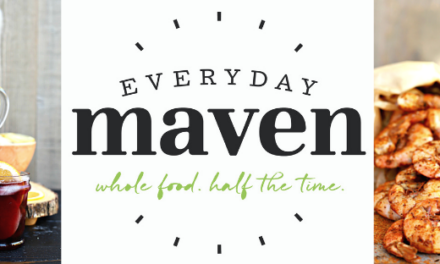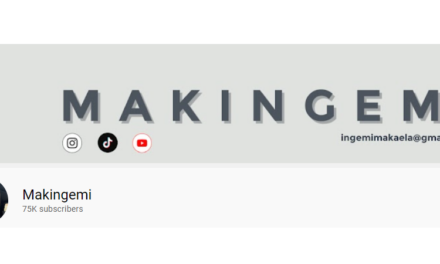Translating Content Management
In many cases, especially in large enterprise settings, the translation process needs to be integrated into the content management system, both to manage the different versions of the same content, and to manage the translation process as part of the overall content workflow, and the software and service organizations generally support this. In the case of Lionbridge and SDL Trados, they can actually take over the translation workflow once the content is passed to them from a CMS.
In the Ektron CMS 400, according to company CEO Bill Rogers, they extend the idea of the content ID to tie the original content to the languages into which the content needs to be translated. “When you think about content,” he says, “it has a unique identifier including a content ID and language ID, and that’s what makes it unique. If we add an Office document or HTML block to the system, we add the content ID and language ID. If your CMS is set up to maintain three languages, it will let you know how many languages it needs to be translated into based on these identifiers.”
What’s more, the Ektron CMS exports content as XLIFF, an XML translation standard, which can be read by many translation vendor systems. This content is sent independent of its formatting, so translation service providers can deal strictly with the language. Rogers says, “In the Ektron CMS, we store the skeleton file with formatting information like the information about tables and layouts. We don’t give this to translators because they can mess that up.” When the content comes back, it gets imported again and the formatting is applied seamlessly.
Lawlor says that SDL’s system is compatible with a range of major content management vendors. He cites the Sun website Java.com as an example of how his company’s product works with a CMS—in this case, Interwoven. “The Java.com partner catalog is always being updated,” Lawlor says. The CMS packages any content that has changed in Interwoven, and this is submitted automatically to the SDL translation engine, at which point the SDL system takes over. This is completely seamless to the user, Lawlor explains. “Our software will automatically create a project and send it out for translation.” Lawlor adds that after the translation is complete, the SDL system sends the package back into the Interwoven system. “It’s all automated,” he says. “The only thing that’s manual is the translation by the translator.”
Translation and localization are not simple tasks you can just layer on top of an existing CMS, though they do play well together if well integrated. As with any new process, it requires careful planning and decision making about what level of translation, globalization, and localization you need—and how much of an investment you are willing to make to get there. For some, machine translation will solve most issues, but for other companies, human backup or pure human translation (with the help of translation memory database) will be required. Inevitably, organizations seeking to tap the ever expanding global marketplace will need to find a way to speak their customers’ language.
Companies Featured
Common Sense Advisory, Inc.
www.commonsenseadvisory.com
Ektron
www.ektron.com
Lionbridge
www.lionbridge.com
SDL Trados
www.trados.com
Systran
www.systransoft.com
Sidebar: Ektron Helps Printronix Manage Translation Issues
Three years ago when Printronix, an industrial printing manufacturer, decided to translate its website content from English to additional languages, it hired Karen Jensen as director of ebusiness to handle the transition. “I was hired to bring forward the whole web strategy for the company,” Jensen says. To that end, she helped implement a new Printronix.com web structure and helped the company to move into international markets and display its site in multiple languages. “Our growing markets are outside the U.S. in China, Russia, Eastern Block countries, and we felt that we must be able to address these audiences in the local languages.”
At the beginning, Jensen says, they found they were having difficulties keeping the site up-to-date across five languages. “As a site grows older and you begin to make revisions and changes, how do you track them and how do you maintain content integrity? We ran into serious issues with that.”
But content integrity wasn’t Jensen’s only problem. She was also having trouble with her translation vendor and was having issues with local distributors changing site information at the local level, and not providing a consistent corporate message from country to country. So last year, Jensen decided to clean house. She upgraded her CMS to the Ektron CMS 400 on the .NET platform. In addition, she fired her old translation vendor and hired COMSYS, which worked with her to build a glossary of her company’s printer terms. Finally, she took away local control of the in-country websites and placed it under the management of her in-house staff in the U.S.
These days, she sends new content to COMSYS and has proofed and accepted files back within two weeks. The CMS helps her manage the content in multiple languages. She says, “When content comes back we can’t tell what it says, but the way we export the file, the content blocks are all identified by a number generated in the CMS.” Thus, when content comes back, the system recognizes the number and links the content blocks, regardless of language, with the correct content in the CMS, which helps maintain content integrity.
In fact, to her surprise, the importing process went so smoothly that she was able to get content live much faster than she had anticipated in her planning. “When I built the timeline,” says Jensen, “I allowed for two weeks of QA testing after we imported the file because I was sure we would experience serious issues upon importing the content, but 48 hours later, we were ready to go live because the import function worked so smoothly.”
The translation process has improved so dramatically that Jensen says she no longer worries about adding languages. “Now, when my president wants to add three more languages, I don’t cringe and lose sleep because I know this is very easy. We can do it because I’ve built an infrastructure with not only the CMS 400, but also working with my translation company, and I know I can handle it.”






